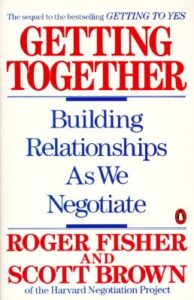Reliability, Trust, and Forgiveness
Part 4 – Getting Together: Building Relationships as We Negotiate Couples often struggle with communication. The inability to communicate leads to all sorts of…

Part 4 – Getting Together: Building Relationships as We Negotiate Couples often struggle with communication. The inability to communicate leads to all sorts of…

When presenting for therapy, one of the most common items couples struggle with is communication. The inability to communicate leads to all sorts of…

The brains of earliest cave dwellers were hyper-wired to detect wild animals, snakes and spiders before their eyes or ears even had a sign…

Times of anger and frustration are inevitable in every relationship, especially when we care deeply for another person. Anger is a natural response when…

Most people instinctively know that on a first date, you don’t spill all of your guts immediately. Picture the guy or gal who divulges…

“Life isn’t about finding yourself, it’s about creating yourself.” George Bernard Shaw Ever wonder if you married the right One? Often when people feel dissatisfied…

If you have real concerns about the health of your marriage, here are 7 reasons to begin Marriage therapy NOW! 1. If you haven’t been able to…
End of content
End of content
Life’s too short to stay stuck. Request an appointment now.
Would you like to get our monthly resources for mental wellness?
